Fire alarms are designed to save lives and for the most part operate by sounding an alarm if smoke or heat is detected. This signals that a fire may be present and an evacuation is needed. For these fire alarm systems to detect fires a variety of detector heads are used. With each type designed to specifically detect the heat or smoke from a fire or harmful gas.
Types of fire detectors
With fire alarms there is four types of detectors. This includes heat, optical (ionisation), photoelectric and ionisation/photoelectric. The big difference between these detectors is how they can detect fires. Heat detectors would use the temperature of the room and the other three detectors would use smoke.
Heat Detectors
This type of detector is ideal in situations where smoke detectors may be faulty, for example in areas that are steamy, humid or dusty. The reason for this is because a smoke alarm in those conditions would be more likely to give false alarms. Thus making heat detectors the ideal place for kitchens, garages and lofts. Heat detectors work by detecting an increase in temperature. Which can be in the form of increased air temperature or an increased presence of heat. However, the one downside to these detectors is that they can take longer than smoke detectors to identify fires.
Within this category you have heat sensitive point detectors which consists of a further two types. The first type is on the basis of a fixed temperature, this means that the detector will operate when exposed to temperature that is pre-determined and one which operates on the temperature rise rate.

Smoke Detectors
Ionisation, photoelectric and a combination of the two are the three most common types of smoke alarms. When smoke is detected all smoke detectors will sound an alarm, to alert those in the vicinity of the building. How they are differentiated is through how they detect smoke.
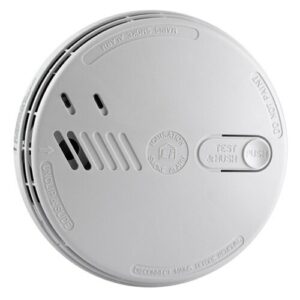
Photoelectric (optical) Alarms
For the detection of slow-burning smouldering fires, look no further than the photoelectric alarms. Although they are more expensive than the ionisation smoke detectors. They are viewed as the better alternative in the event of slow-burning fires. As they are more effective at detecting the larger smoke particles produced by the slow-burning fires. These detectors are considered to be extremely reliable as they produce very little false alarms.
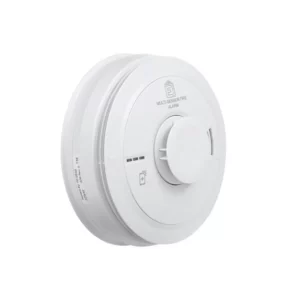
Ionisation Smoke Alarms
For fires that are fast-burning this detector is perfect. As it is very sensitive to the small particles that are produced by fast flaming fires and will detect it before the smoke gets to think. This type of detector is also the cheapest option and can cost very little to purchase.
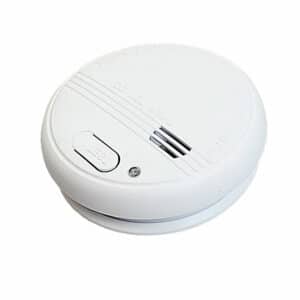
Ionisation/Photoelectric (multi-sensor) Alarms
This type of detector is designed to be sensitive to a vast range of fires and to provide a faster reaction to fires of the fast-flaming and slow smouldering nature. For that reason the British standards recommends this option due to its multi-sensor technology as it can measure both smoke and temperature. For that reason it makes this type of detector less prone to false alarms compared to the single-sensor alarms.
Installation
Once you’ve got the alarm that is best suited for your needs, your home and your workplace. It is essential that you consider the installation process. To not only ensure that its installed correctly but to also ensure its in the best location, so that it can provide lifesaving detection and the quickest response to a fire or carbon monoxide leak.
Smoke and Heat Alarms
When you are considering the location of the smoke and heat alarms, you need to follow certain rules/guidelines. To start off, it must be known that alarms have to be installed on the ceiling as centrally as possible within the confines of the room/area. As well as being a central as possible you also need to ensure that it is situated 3m from walls, light fittings and any obstructions, ensuring that it is outside any ‘dead air’ spaces which could block the airflow. With also being with 3 meters of every bedroom door to ensure it is audible for everyone on that floor. The one thing you shouldn’t do when deciphering the location of the heat/smoke detector is putting it too close to the bathrooms or the bathroom doors as these detectors can be affected by steam and moisture. Leading to an increased likelihood of false alarms.
It is recommended that fire alarms are installed by a professional who is British standard BS 5839 compliant and BAFE registered. We are an example of this, as we are fully certified to install, maintain and respond to call outs.
Maintenance
The maintaining of your fire alarm is vital and could be the difference in a life and death situation. In accordance with BS5839-1 our engineers will carry out any service requirements you need on your fire alarm systems, ensuring that the alarm can be sounded when activated by heat or smoke. These inspections need to be done every 4 or 6 months but it doesn’t hurt to test the alarms on a weekly basis. At MCL Fire we offer a routine bi-annual service for servicing and testing, as well as emergency call-outs.
Thanks for reading be sure to check out our social channels and our website. For more information on the services we provide on fire alarms be sure to click the link below or send us an email.
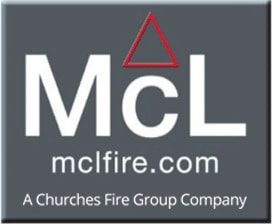
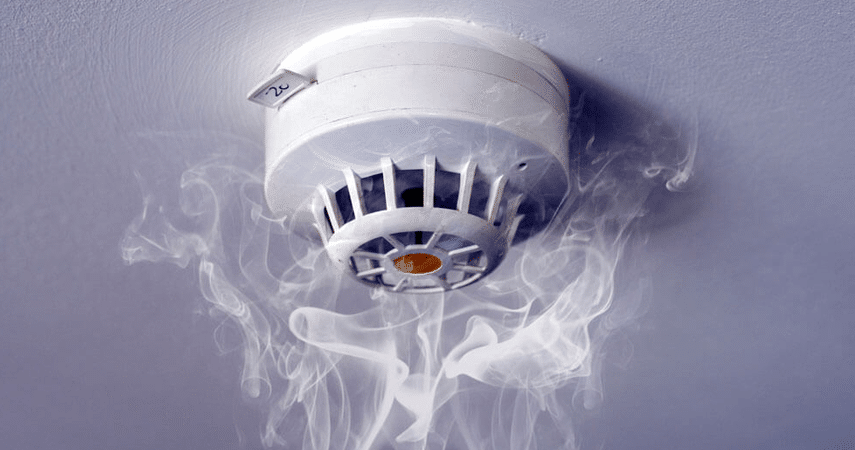
Recent Comments